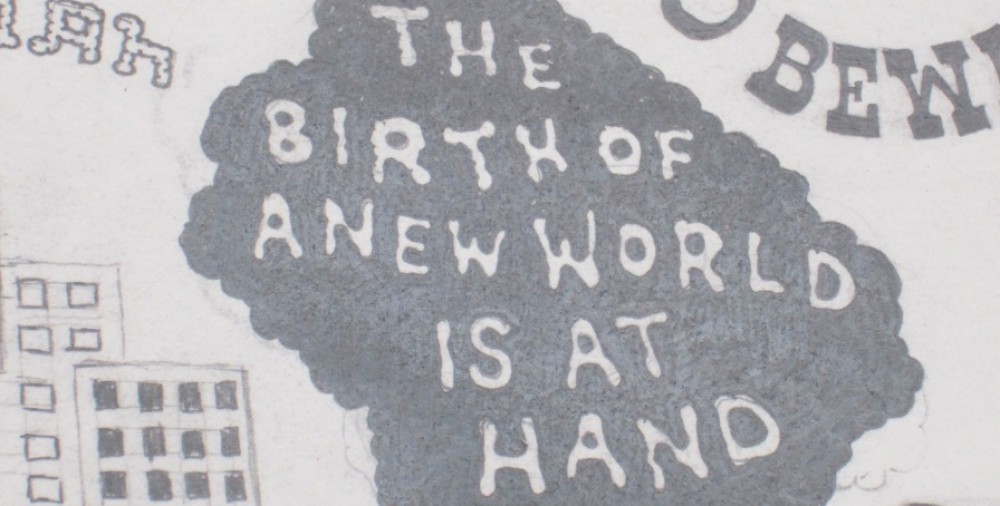In E.M Forster’s “The Machine Stops”, introduces a utopia society and honestly I really enjoyed this story a lot, especially as an introduction to a sense of utopia. The story starts off by Forster using descriptive imagery in order for us to gain an understanding of the setting which would be the women’s room. Right away there is a bit of confusion, there were contradictions such as “There are no apertures for ventilation, yet the air is fresh” (Forster 1) this is just one example but in only in the first paragraph there are many of these throughout the story. To my understanding I would assume that Forster really wanted us to understand that this whole room was “artificial” yet at the same time it has natural amenities such as the natural fresh air. Midway through page one I began to notice how the women or later on known as Vashti, interacts with the room as well as how technology is extremely advanced which gives a sense of science fiction. “You mustn’t say anything against the Machine” (Forster 2) I began to notice how the machine was referenced as if it was someone with power or rule above them and had to be respected. After page two we begin to see a lot of dialogue between Vashti and her son Kuno about him wanting to see his mother physically and how the son wants to visit Earth. Towards the end of page three and beginning of three once again I noticed how all of their life activities were done by interfacing with machines and how they did everything from their rooms without having the need to get up. On page 4 we are introduced to how a day would somewhat be like such as Vashti giving a lecture from her arm chair. I began to notice some characteristics of utopia one I read the following line “for beds were of the same dimension all over the world, and to have had an alternative size would have involved vast alterations in the Machine” this gives us an idea of how there is standardization in beds, rooms and much more. So there is this sense of standardization throughout the society and how the Machine control their lives. One thing which surprised me was to find out that in this society babies are removed to public nurseries and only visited by their parents at the center, yet the Machine assigns living arrangements to all the people this once again showing how the Machine is controlling this society.
In part two of this story titled “The Mending Apparatus” Vashti went to visit her son in person, something which was not done before the Machine basically took over. On page ten we learn that Kuno had been threatened with Homelessness which mean death by the victim being exposed to the air. At which point Kuno begins to explain how he has already escaped and been to the surface. “You are beginning to worship the Machine” (Forster 11) once again describes how this machine is worshiped and basically rules over the people. I did notice that Forster used comparison and a little of complexity when trying to get a very important detail to the reader such as on the end of page 11, where Kuno starts to redefine near & far without a reference to a machine giving a sense of individuality but there is always some fear and taught about what the machine would do. Once again imagery was used again to describe Kuno’s experience on the surface, this helped to see everything through his eyes and experience every detail. By this point we see how Kuno has liberated himself from the utopian society in which we see how technology may control this huge portion of our lives, yet we will always have free will to either use it or not. This story in general relates a lot our daily lives now, since almost everything can be done online or mobile phones.



